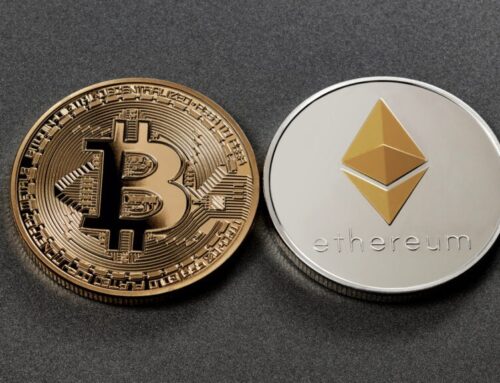“The Days Of Bitcoin’s 100x And 1000x Are Over”
November 11, 2025
Most of us have probably heard some version of this from our non-crypto friends in the past few days: So what’s happening with bitcoin?
It’s funny because on Monday, at the NYC media summit, I was asked how I’d describe the state of crypto today. I said, “Crypto’s growing up.” You can see it in the regulatory wins, in how many companies have gone or are preparing to go public, in the steady inflow of institutional capital, and even in Jamie Dimon’s evolving tone. His latest line comparing owning bitcoin to the right to smoke is about as close to tolerant as he’s ever been. And you can definitely see it in the rising number of suits roaming around crypto conferences.
Now we’re seeing it in the price action. As several analysts pointed out this week, bitcoin slipping below $100,000 for the first time since June isn’t bear market territory, it’s evidence the asset has entered what you might call its boring adulthood. That’s a tough adjustment for an industry built on 20% daily candles, “to the moon” chants and the promise of “life-changing wealth.”
Galaxy Digital’s head of firmwide research, Alex Thorn, captured the shift bluntly: “the days of 1000x, 100x, or even possibly 10x gains in BTC are probably over.” He also revised his year-end price target from $185,000 to $120,000—not because the thesis has fallen apart, but because the market structure has changed.
The data is striking. Galaxy estimates that more than 470,000 coins, worth $50 billion in total, held for at least five years have changed hands just this year. Combined with last year, it’s the largest migration of old supply in bitcoin’s history. These aren’t people capitulating. These are holders who have been around since bitcoin was a hobbyist experiment and can finally sell in size without blowing out the market thanks to the “institutionalization.”
That’s where investor Jordi Visser’s framing becomes useful. He calls this moment bitcoin’s “silent IPO.” Not literally, of course, but economically. Early holders are distributing to newer, more risk-managed buyers. Anyone who has watched a company go public will recognize the pattern: a slow, orderly handoff as long-term insiders take profits and new owners step in. Meanwhile, the asset becomes less volatile.
That churn is what’s confusing people now, writes Visser. Everything else—tech stocks, gold, the Nasdaq—is rallying. Bitcoin isn’t participating in the mania, and that’s unusual for an asset that used to trade as the high-beta expression of risk appetite.
Thorn makes this point too: Bitcoin has entered what he calls the “maturity era,” where ETFs, passive flows and institutional allocations play a bigger role than momentum traders. It’s why dips are met with steady ETF demand and rallies meet counter-flow from older holders distributing at their own pace.
This year also looks nothing like 2021. Retail hasn’t returned in size, other than for short-term speculation around memecoins. Leverage took a hit in the October 10 wipeout, with crypto futures open interest crashing from a $220 billion peak on Oct. 6 to $142 billion on Oct. 11, according to data from Galaxy and Coinglass. 72 of the top 100 cryptocurrencies are down more than 50% from their all-time highs. And the hot trade of 2025 hasn’t been bitcoin, it’s been AI. For the first time in a long time, bitcoin is not the center of speculative attention. Ironically, that might be what allows it to settle into a more durable role.
Look at who is accumulating. Pension funds and insurers, the most cautious capital on earth, are studying allocations that would have been dismissed outright five years ago. Some corporate treasuries are revisiting bitcoin for the same reasons they hold gold: diversification and long-term stability. Morgan Stanley just let its advisors pitch crypto ETFs to any client with an initial allocation of up to 4%. Previously the advisors were limited to clients with more than $1.5 million in assets.
None of this is as thrilling as a parabolic chart, but it’s more meaningful. Markets don’t mature with fireworks; they mature when the buyers get boring and the sellers get older. If bitcoin is going to live in the same universe as gold and equities, this is the work it has to do.
Search
RECENT PRESS RELEASES
Related Post



